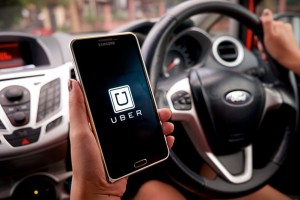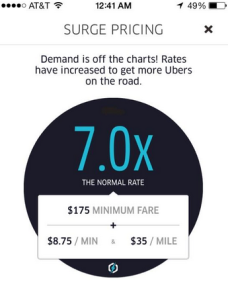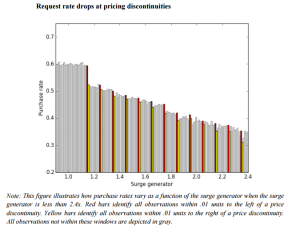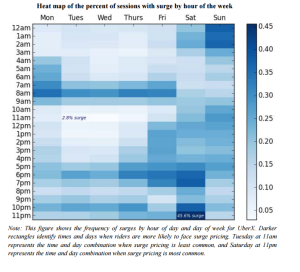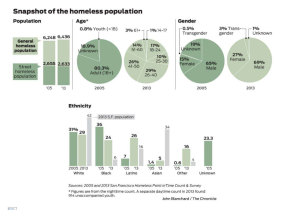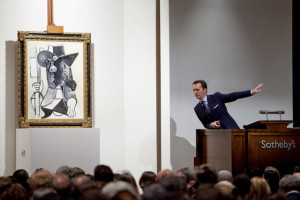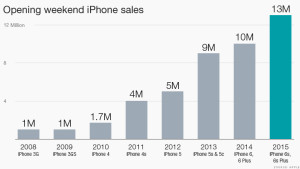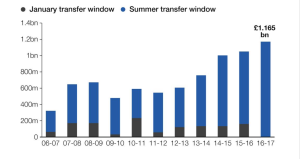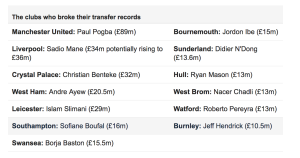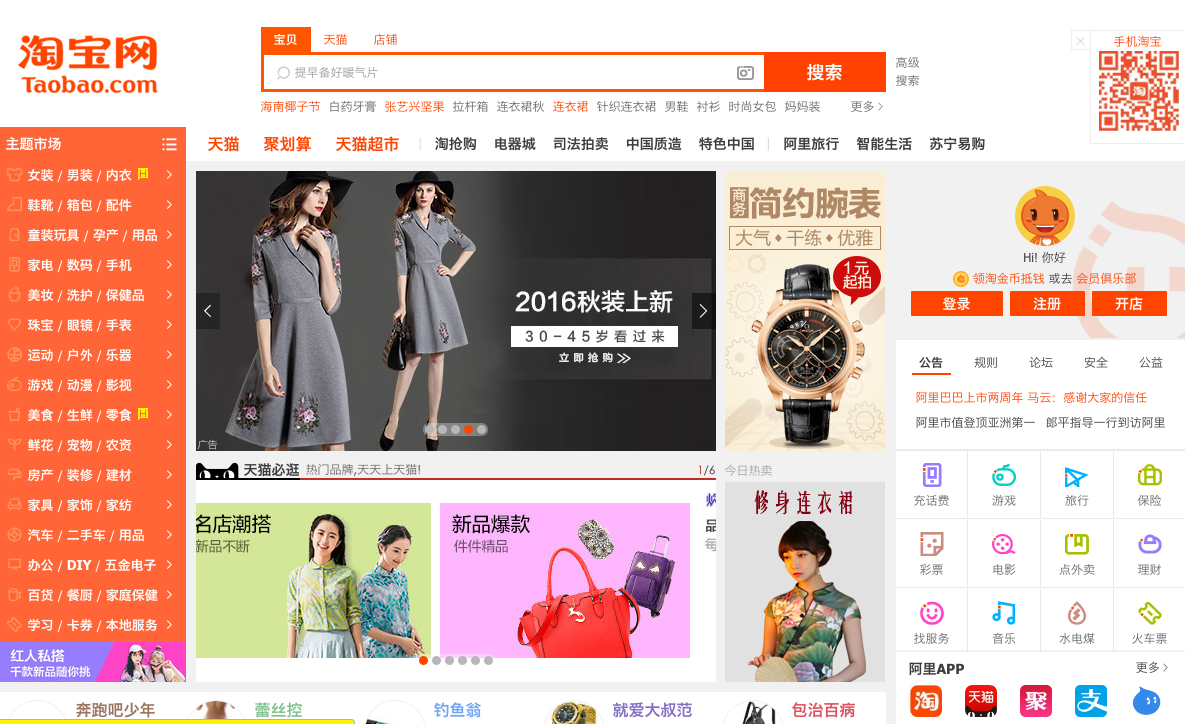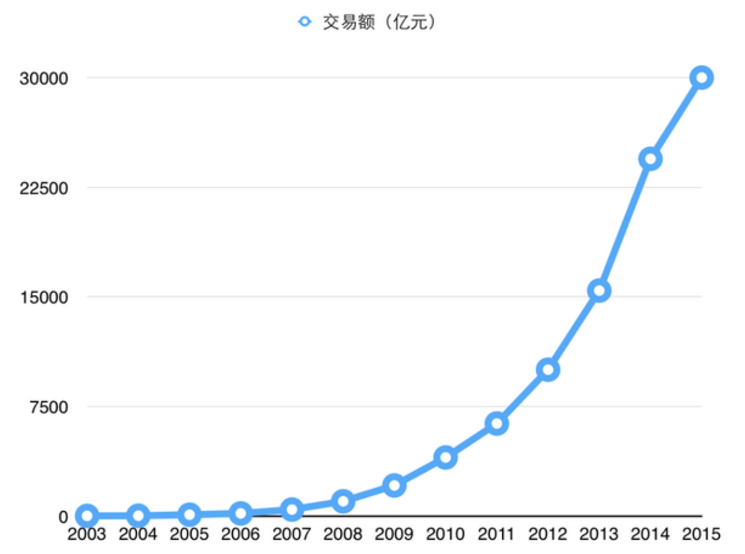Most are aware that having a debt crisis or financial hardship may lead to many increased mental health issues, namely depression, anxiety, and suicide attempts. However, there lies a far less known connection that mental health is often tied to family finances, employment longevity and duration. Mental health should be something to be stressed when the economy leaves the public stressed.
Take for instance, Greece, a country currently faced with financial crisis. Media coverage often reports high unemployment rates, closing of banks, and political uncertainty. However, far less coverage is done on how political and financial uncertainty negatively affects the mental health of the Greek people. New research reveals a 35 percent jump in the suicide rate during the first two years of austerity programs, with a direct correlation in additional unemployment to an incremental increase in the suicide rate among working-age men. Clinical depression rates have also increased from 3.3 percent to 8.2 between 2008 and 2011.
The issue in Greece is that whilst the need for mental health support is increasing, the government’s austerity measures is resulting in dwindling healthcare. Hospitals are overflowing, and less than half of the Greek population is able to afford healthcare. In an attempt to decrease the debt that is causing so many mental problems, the Greek government has forgotten the consequences of allowing existing mental problems to brew without treatment. Those with mental health problems tend to be pushed into poverty, namely due to increased health costs, loss of employment, reduced work hours, and stigma.
No matter the public’s stance on Greece’s austerity measures, the mental health statistics in Greece reflect how factors on a microeconomic level can have large implications on the overall global economy.
Sources:
http://www.thelancet.com/journals/lancet/article/PIIS0140-6736%2811%2961633-4/fulltext
http://www.newsweek.com/greek-crisis-has-seen-rise-suicides-and-depression-353056
http://greece.greekreporter.com/2014/10/26/cases-of-mental-illness-in-greece-have-increased/




